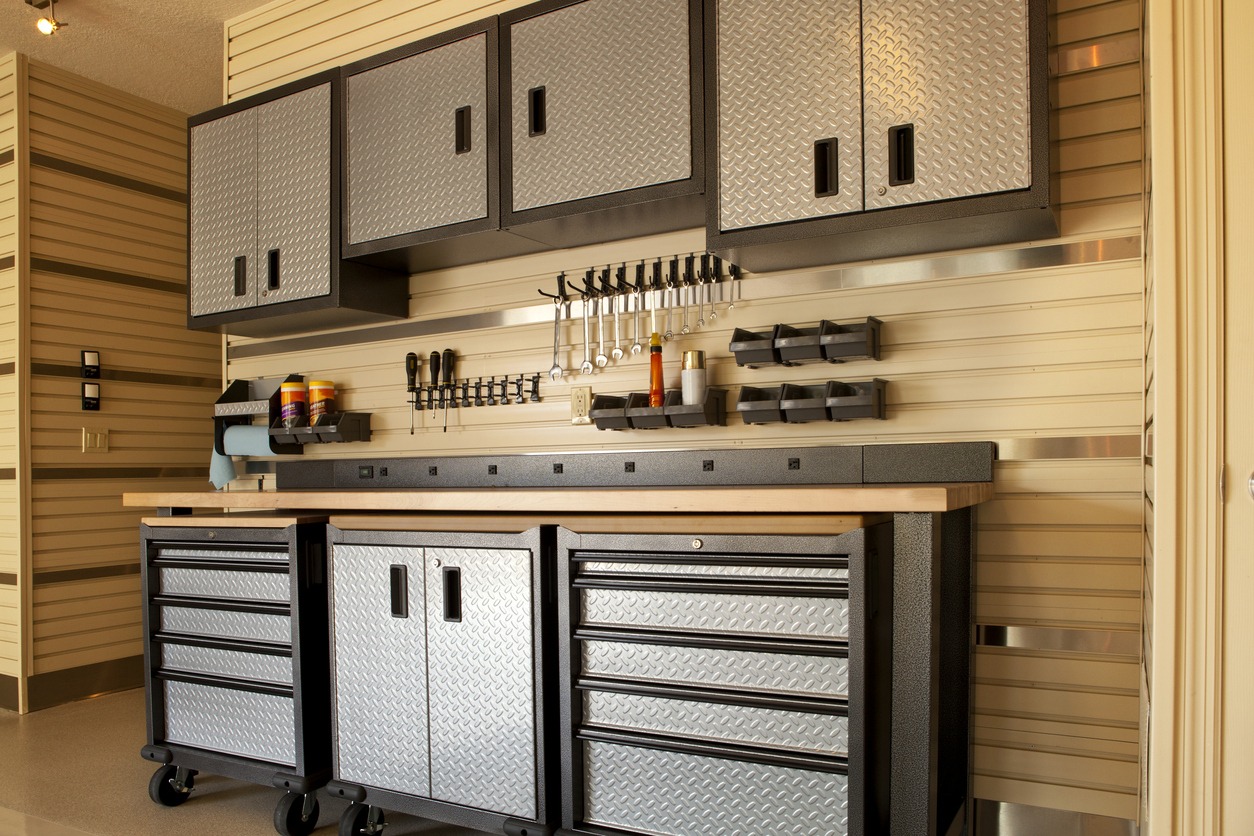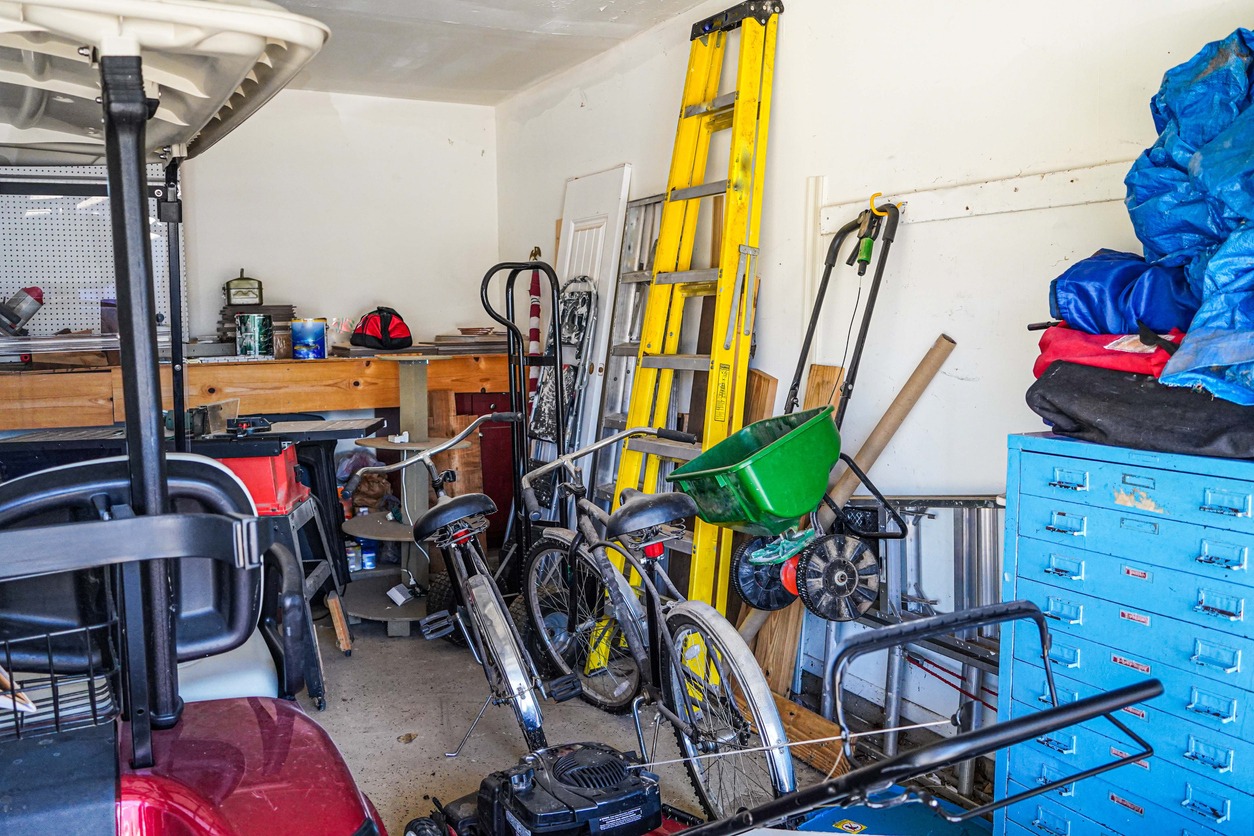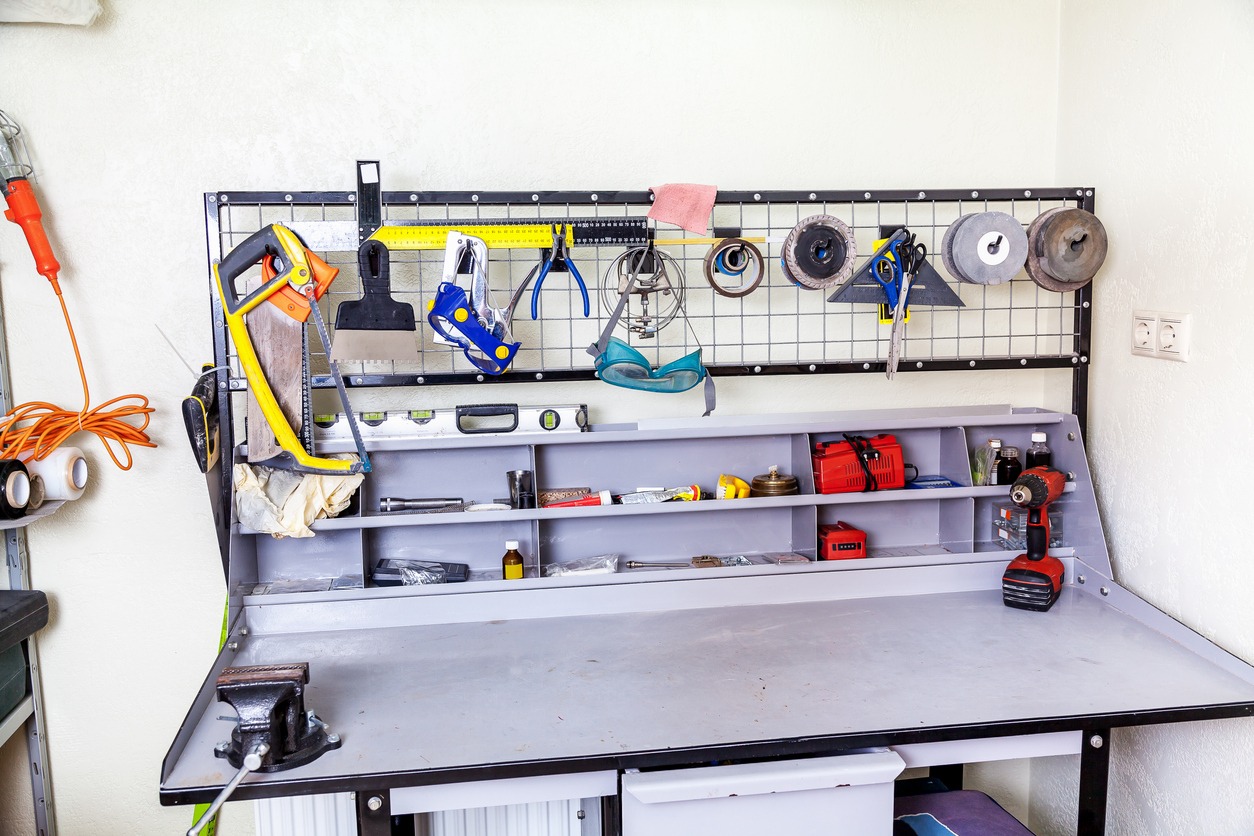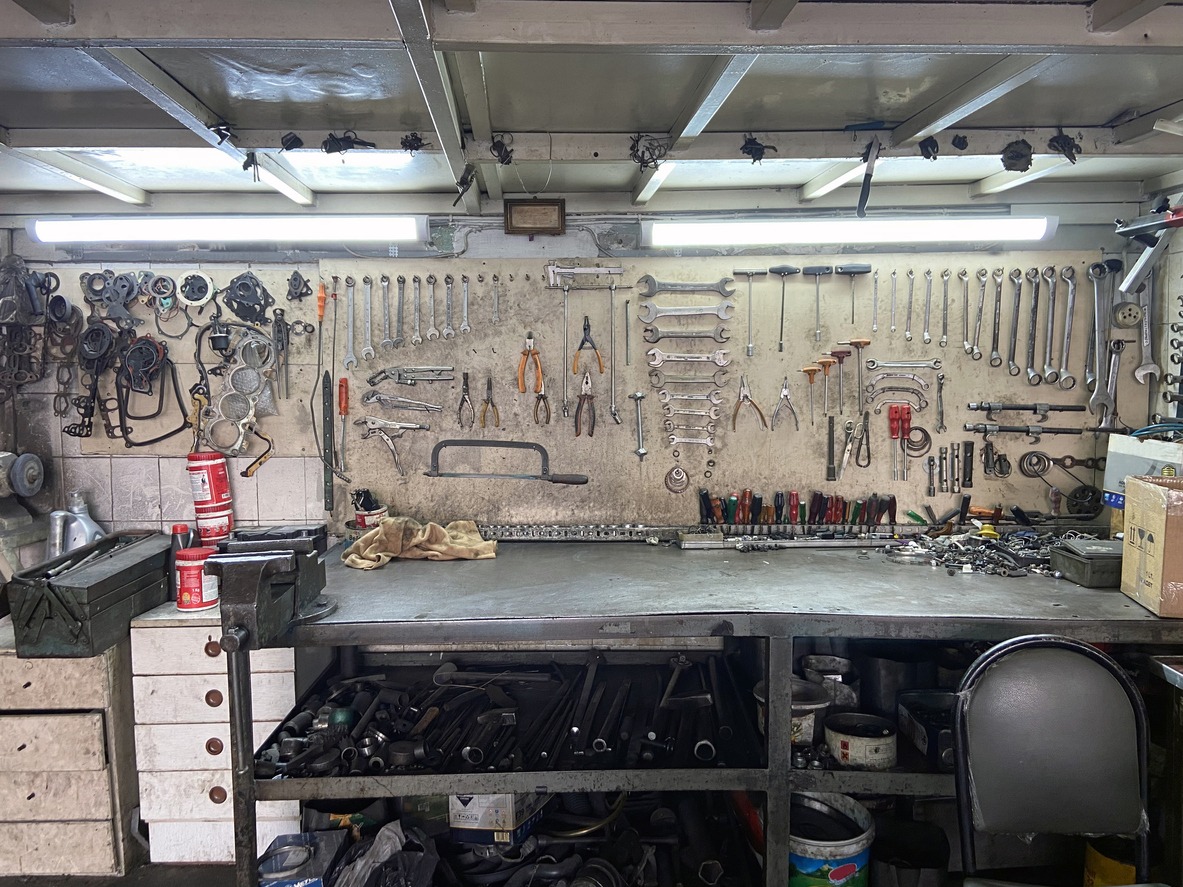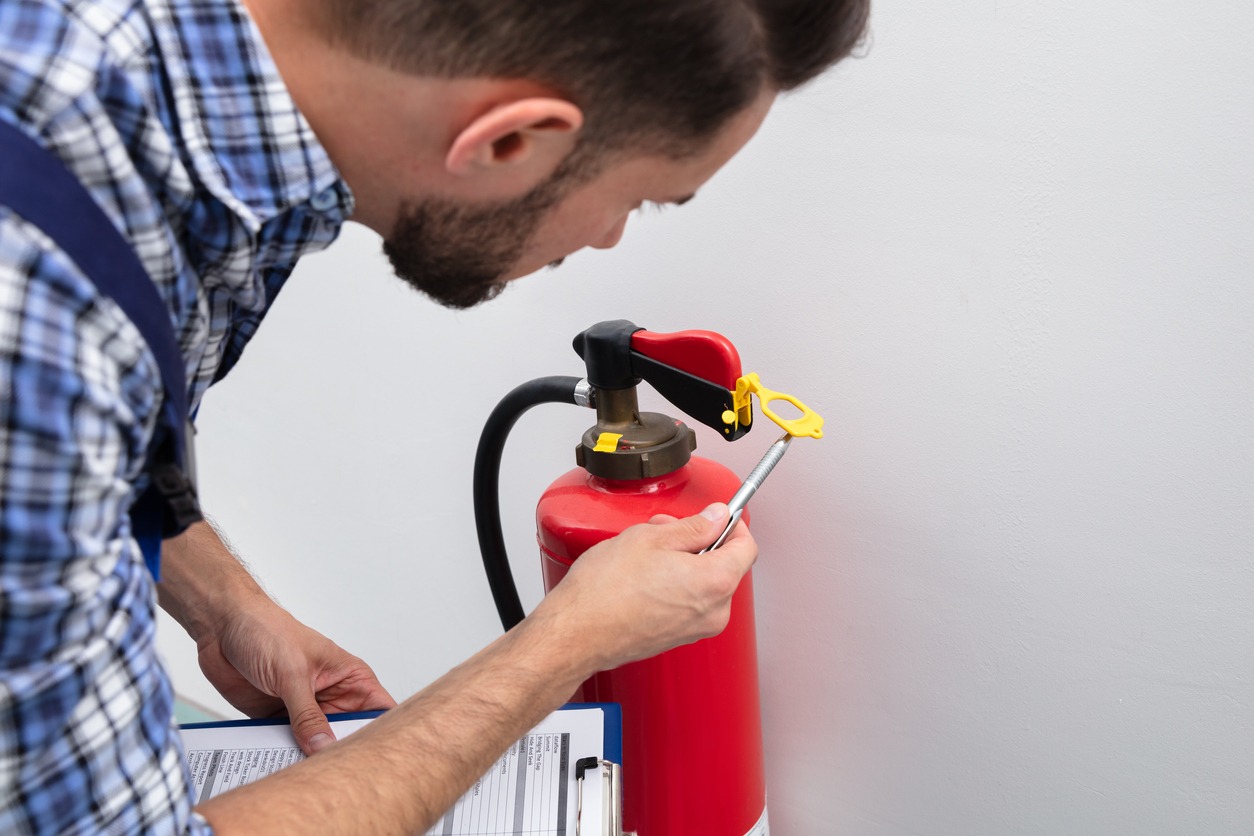Many homeowners may find it frustrating to deal with a disorganized and cluttered garage. Finding tools when you need them becomes a daunting task, leading to wasted time and energy. However, with a well-thought-out organization system, you can transform your garage into an efficient and accessible space.
In this article, we’ll explore practical tips and ideas for organizing and storing tools in your garage, ensuring quick and easy access when needed.
1. Assessing Your Tool Inventory
Before diving into organizing your garage, take a comprehensive look at your tool inventory. Assess the types and sizes of tools you own, categorizing them based on functionality and frequency of use. This initial step lays the foundation for an organized system tailored to your specific needs.
Tip: Consider decluttering by getting rid of tools you no longer use or need. Donate, sell, or responsibly dispose of items to streamline your collection.
2. Designing a Functional Layout
Once you have categorized your tools, the next step is to design an efficient layout for your garage. A well-thought-out layout ensures that tools are easily accessible and that the workspace remains functional. Allocate zones within your garage based on the frequency of tool use and the nature of tasks. Here are some suggested zones:
Zone 1: Frequently Used Tools
Place commonly used tools within arm’s reach. Wall-mounted pegboards or tool chests near the entrance are excellent for quick access to everyday items like screwdrivers, pliers, and tape measures.
Tip: Use outlines or labels on pegboards to indicate where each tool belongs, facilitating easy identification and return.
Zone 2: Workbench Area
Designate a specific area for your workbench, ensuring it is well-lit and equipped with adequate power outlets. This zone is ideal for activities that require a stable surface, such as carpentry, DIY projects, and small repairs.
Tip: Install overhead shelving above the workbench for additional storage of toolboxes, paints, and other frequently accessed items.
Zone 3: Seasonal or Specialty Tools
For tools used less frequently, create a dedicated area or shelving unit. This is where you can store seasonal items like gardening tools, snow shovels, or specialized equipment.
Tip: Utilize clear bins or labeled boxes to keep seasonal tools visible and easily retrievable.
3. Optimal Storage Solutions
Once you’ve defined your zones, selecting the right storage solutions is crucial. Storage solutions play a crucial role in maintaining an organized garage. Explore innovative and space-saving storage options that cater to different types of tools, ensuring a clutter-free environment Here are some practical ideas to consider:
Wall-Mounted Racks and Hooks
Maximize vertical space by installing wall-mounted racks and hooks. This is an effective way to keep tools off the floor, providing more room for other items and making cleaning easier.
Tip: Hang larger tools like rakes and shovels using heavy-duty hooks, while smaller items can be stored on shelves or in baskets.
Mobile Tool Carts
For those who prefer flexibility, invest in mobile tool carts with multiple drawers. These carts can be moved around the garage, allowing you to bring your tools to the project rather than vice versa.
Tip: Organize tools by type in different drawers to maintain a systematic approach.
Magnetic Strips
Magnetic strips offer a space-efficient solution for organizing metal tools. Install these strips on the walls to hold items like wrenches, pliers, and other metallic hand tools securely in place.
Tip: Arrange the magnetic strips strategically near work areas for quick and convenient access.
4. Safety First – Storing Hazardous Materials
A well-organized garage not only improves efficiency but also prioritizes safety. Many households store potentially hazardous materials in the garage, from pesticides to power tools. Implement the following safety measures:
Secure Cabinets for Chemicals
Store chemicals and hazardous materials in locked cabinets to prevent accidental exposure. Ensure these cabinets are well-ventilated and away from direct sunlight.
Tip: Group similar items together, and clearly label each cabinet for quick identification.
Fire Extinguisher Placement
Put a fire extinguisher somewhere that is convenient for you to get to. The garage is a common area for electrical tools, making fire safety essential.
Tip: Regularly check the expiration date and condition of your fire extinguisher to ensure it is functional when needed.
5. Maintenance and Regular Updates
Tool organization in your garage is not a one-time task but an ongoing process. Regular maintenance and updates are necessary to adapt to changing needs and acquire new tools. Consider the following practices:
Periodic Decluttering
Schedule time for regular decluttering sessions to reassess your tool inventory. Dispose of broken or unused tools and reorganize based on your evolving needs.
Tip: Use this time to clean and inspect your tools, ensuring they remain in good working condition.
Stay Informed About New Storage Solutions
Keep an eye on innovative storage solutions entering the market. New products and ideas can enhance the efficiency of your garage organization system.
Tip: Subscribe to DIY and home improvement magazines or online forums to stay updated on the latest trends in garage organization.
DIY Organization Projects
For readers looking to personalize their garage organization on a budget, DIY projects can be a great solution. Explore creative and cost-effective DIY ideas that enhance tool storage and organization.
Customized Tool Racks
Share step-by-step instructions for building customized tool racks using common materials like PVC pipes, wood, or recycled materials. Encourage readers to tailor these projects to fit the specific dimensions of their tools.
Repurposing Everyday Items
Highlight the concept of repurposing common household items for tool storage. Offer ideas such as using old jars for small item storage, repurposing a ladder as a hanging tool rack, or turning an old pallet into a tool shelf. Provide detailed instructions for each DIY project.
Conclusion
Achieving an organized and efficient garage is a rewarding endeavor that can save you time, reduce stress, and enhance safety. By carefully assessing your tool inventory, designing a functional layout, implementing optimal storage solutions, prioritizing safety, and committing to regular maintenance, you can create a well-organized space that meets your specific needs. Follow the tips and ideas presented in this comprehensive guide to transform your garage into a workspace where tools are easily accessible and ready for any project.

